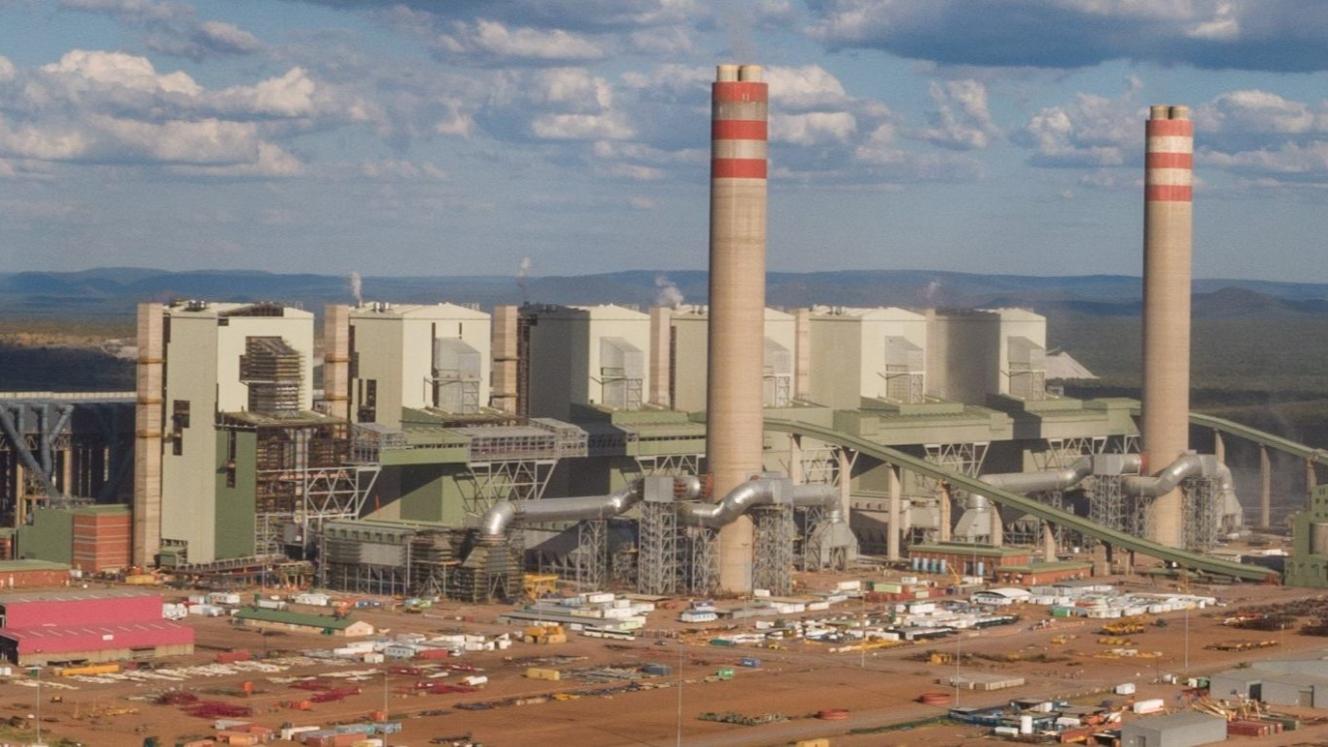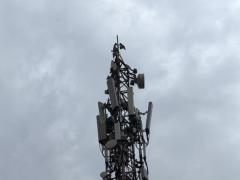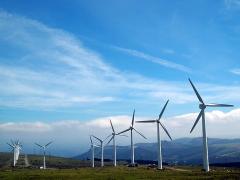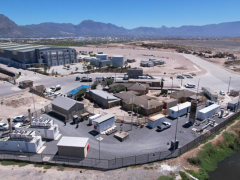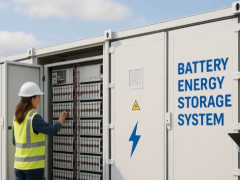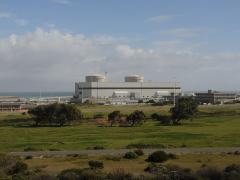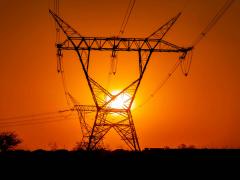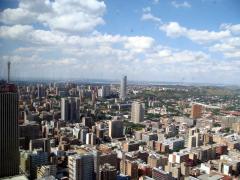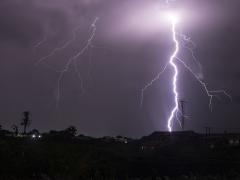Eskom has forecast stable electricity supply for winter 2025, supported by the return of key generation units at Kusile and Medupi. The utility expects to add 2 500 MW to the grid, reducing the risk of load shedding – provided unplanned outages remain below 13 GW.
Speaking at Eskom’s State of the System Winter 2025 Outlook briefing on Monday, May 5, Eskom’s Group Chief Executive Dan Marokane said load shedding is not anticipated. “Should unplanned outages increase to 15 GW, the worst-case scenario would involve 21 days of Stage 2 load shedding over the 153-day winter period,” he said.
The forecast reflects a more favourable outlook than last year’s, which projected Stage 5 and unplanned outages of up to 17 GW although actual performance in 2024 exceeded expectations with no load shedding recorded from April to December. The improved 2025 forecast follows a 3,1 GW year-on-year reduction in unplanned outages. Eskom now projects between 13 GW and 15 GW compared to the 14-17 GW forecast issued for winter 2024.
Generation units return to service
The improved outlook is underpinned by the return to service of major generating units:
- Koeberg Unit 1 (930 MW) is expected back online by July.
- Kusile Units 2 and 3 (800 MW each) are now operating with the flue gas desulphurisation system.
- Kusile Unit 1 (800 MW), also connected to the main stack, is scheduled to return in June. Three units were previously granted temporary environmental exemptions following the 2022 West stack failure.
- Kusile Unit 5 (800 MW) has entered commercial operation.
- Kusile Unit 6 (800 MW), synchronised in March, is expected to reach commercial operation by July.
- Medupi Unit 4 (794 MW) is on track to return to service by the end of May following a four-year outage.
Eskom’s Group Executive for Generation, Bheki Nxumalo, said Kusile and Medupi have become anchor stations following the resolution of earlier performance challenges. “We have maintained high levels of planned maintenance to improve fleet reliability ahead of peak winter demand,” he said. The Generation Recovery Plan has also been adjusted to focus more closely on outage return delays, which have constrained response capacity. “We are giving this issue strong management attention.”
Extended outages at Lethabo, Matla and Kendal are linked to ongoing emissions abatement installations, Nxumalo added.
Performance gains and outstanding risks
Eskom cited several performance improvements supporting the winter forecast:
- The energy availability factor rose from 54,6% in FY2024 to 61% in FY2025.
- Diesel consumption halved, saving an estimated R16 billion.
- 880 000 smart meters have been installed.
- 3,47 GW of wind capacity was enabled via curtailment in the Eastern and Western Cape.
Despite these gains, challenges remain. Between January and April, 14 days of load shedding were recorded due to a dip in operational performance. Eskom Board Chairperson Mteto Nyati said the root causes are not equipment-related but stem from management and procedural weaknesses. “We had issues with coal and delays in returning units to service. Investigations pointed to gaps in leadership, standard operating procedures and accountability.”
Nxumalo also raised concerns about skills shortages across Eskom and its OEM and service partners. “We have identified several issues that need to be resolved and have put a new plan in place as we prepare for the next outage cycle,” he said.
